News
The Next Generation of Conservationists are on their way!!!
Every Animal Deserves a Chance
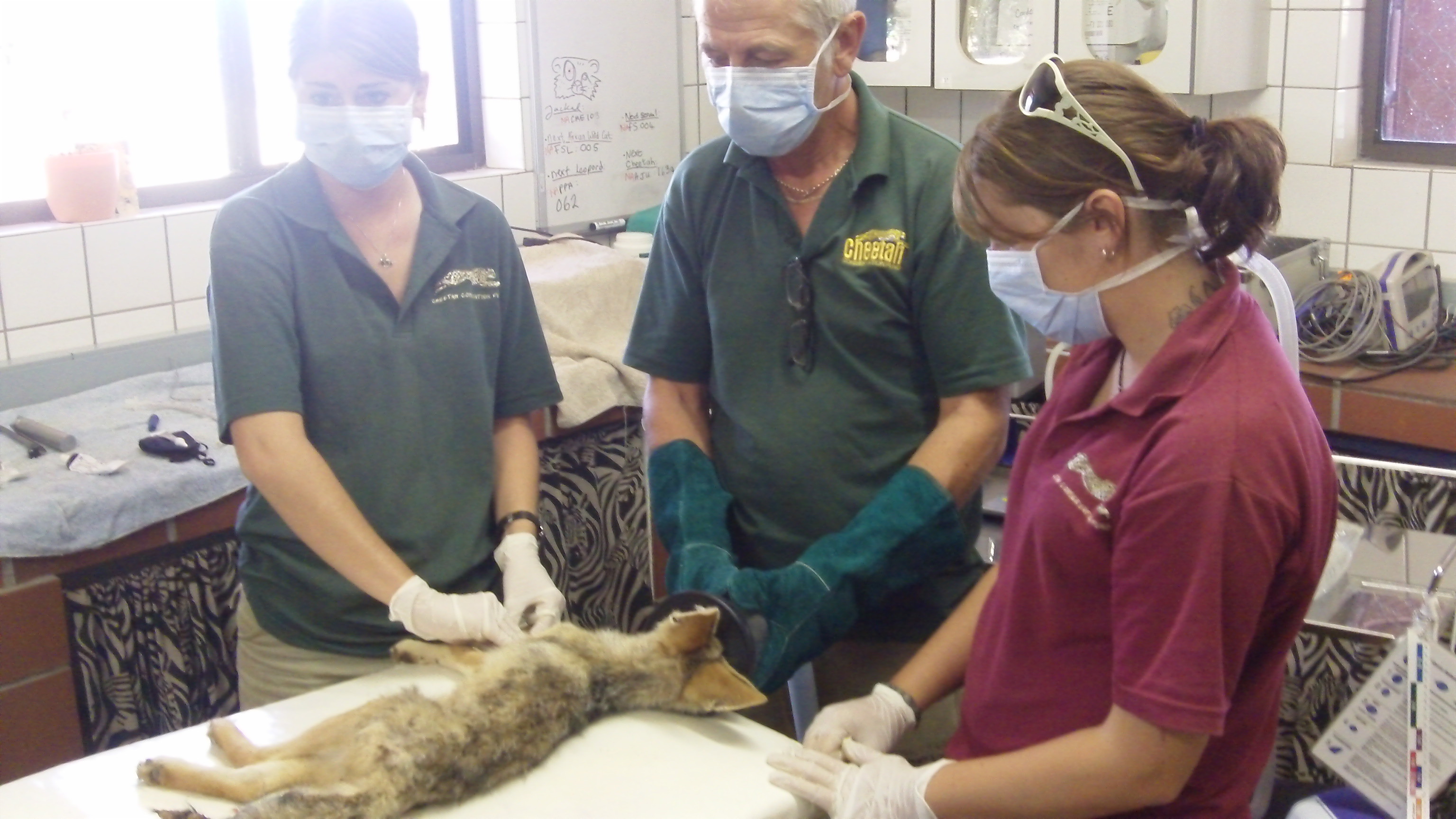
This is one of the many reasons we do what we do
<iframe src="http://player.vimeo.com/video/53914149" width="400" height="300" frameborder="0" webkitAllowFullScreen mozallowfullscreen allowFullScreen></iframe>Dogs helping Goats helping Predators
The use of livestock guarding dogs is not a new idea. Guarding dogs have been used successfully in
the countries around the World for thousands of years to protect livestock from
predators. However, as these predators were almost wiped out in many countries,
the use of dogs to protect livestock declined.
With conservation efforts, many predator populations are increasing
again and spreading into former home range areas.
In
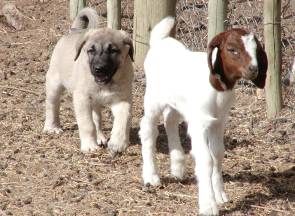
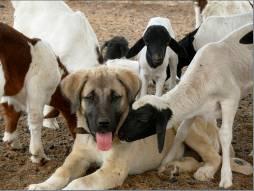
Diversity is the key to success in Conservation
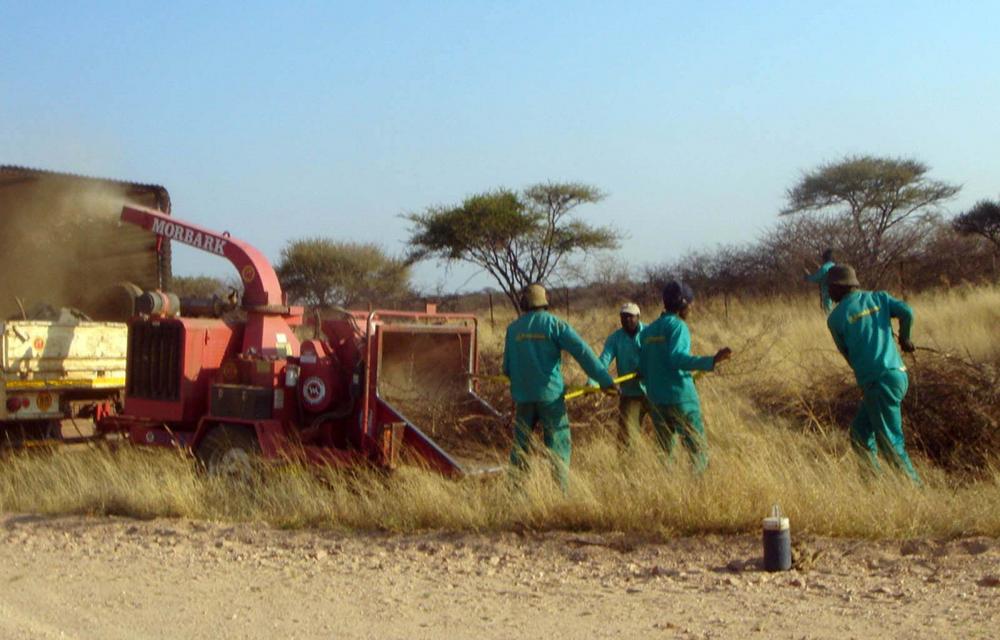
Due to overgrazing, wildfire suppression, and reduction in natural grazers, commercial farmland in north-central Namibia is encroached by several thornbush species: Acacia mellifera, Acacia reficiens, and Dichrostachys cinerea, with relative densities depending on soils and rainfall. Bush encroachment is exacerbated further by overgrazing, which decreases farm value. The problem has been recognized by the Namibian government and there are several initiatives to find cost-effective land restoration methods.
The invasive thornbush species are dense hardwood with a heating value similar to coal. They burn cleanly with little smoke – perfect for campfires and cooking, or power generation on an industrial scale. If a business can successfully utilise this energy it becomes a triple bottom line corporation: land restoration, job creation and business profitability.
CCF Bush (pty) Ltd is the entity responsible for research and demonstration of this business. Thornbush on CCF land is harvested, chipped and transported to a factory, where it is compressed into wood briquettes. The product, "Bushblok,” is aimed at the braai (barbecuing) market as there are no chemicals or additives and it burns cleanly with high heat. It is differentiated from firewood by being denser, drier and more consistent.
To maintain social and environmental standards, CCF Bush is certified by the Forest Stewardship Council’s principles for responsible harvesting. The criteria are similar to Fair Trade and include ensuring indigenous rights, maintaining pollution controls and compliance with domestic and international labour laws. We are proud to say our product is FSC 100% from well-managed forests!
EarthZoo is in Namibia
Earthzoo Has decided to work in
Namibia, initially for about 3 months helping in all areas of the Cheetah
Conservation Fund.
CCF is a great Charity that is world
famous for its tireless work securing the existence of the Cheetah in the wild.
it's both a rescue and rehabilitation centre but also works with the local
communities, farmers and businesses setting up practical, workable and mutually
beneficial projects.
We will post updates, photographs, news
and information as often as possible.
This really is an exciting project
totally self-funded by Earthzoo sowing the seeds for a positive future
WHF continues it's Support of UWEC
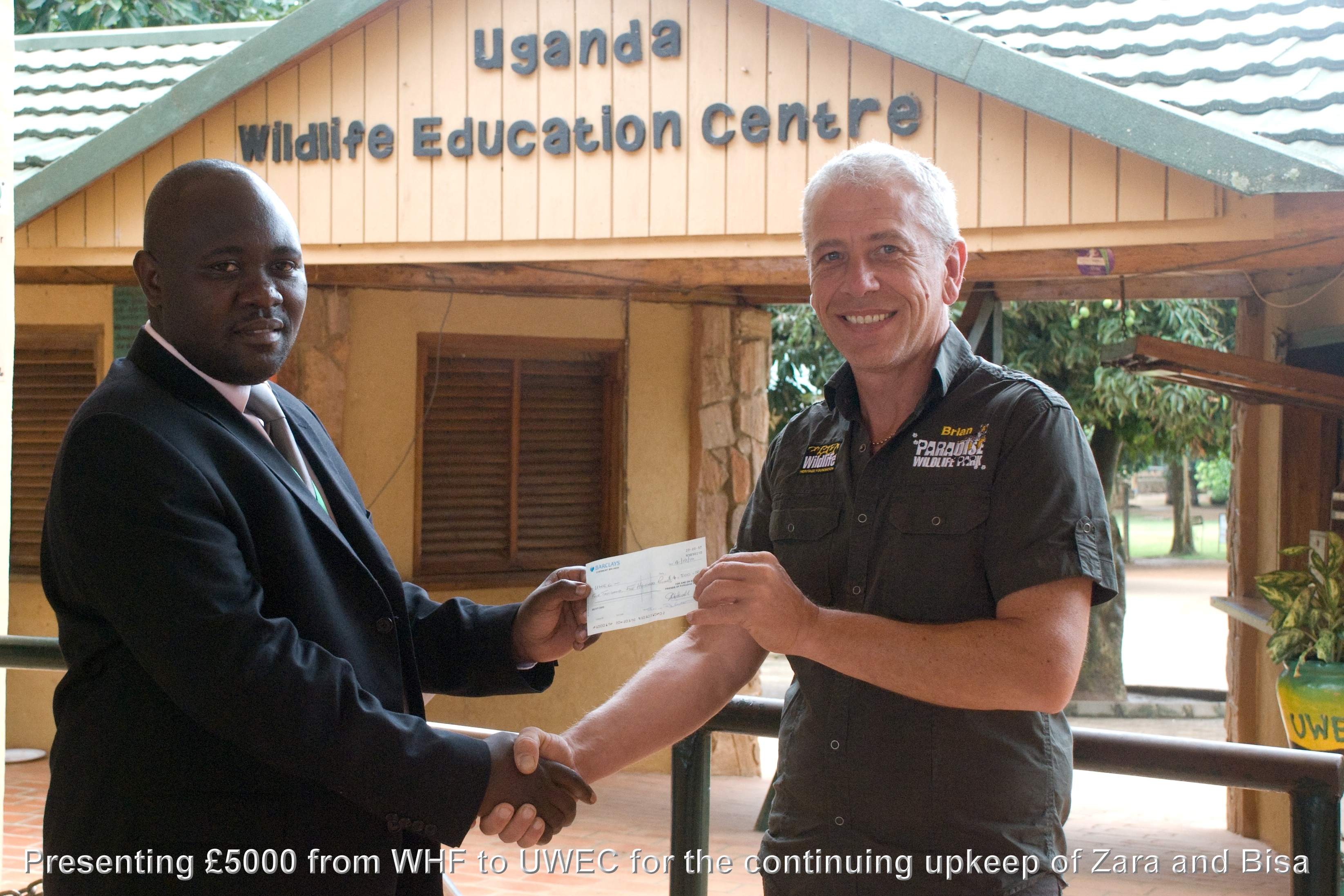
Sumatran Tiger cubs update
SUmatran tiger cubs at whf are doing really well. At nearly 4 weeks old they are weighing 4kg eachTwo Sumatran Tiger Cubs Born at WHF
16th April 2011
| Hand rearing a Bengal Eagle Owl needs dedication and patience. 4 hourly feeds, weighing and training has to be maintained throughout the rearing process. Kashmir was hatched at Rutland Falconry and Owl Centre and is doing very well and growing every day at a great rate. | 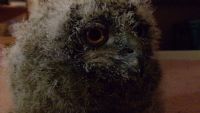 |
26th March 2011
| New Arrivals at Wildlife Heritage Foundation..... The Smallest of all cat species, The Sri Lankan Rusty Spotted Cat are now resident at Wildlife Heritage Foundation in Kent. Two young females aged 8 and 10 months and named Chan and Nuwara arrived a week ago from Parc-des-Felins in France and although in quarantine are healthy and settling in very well. | 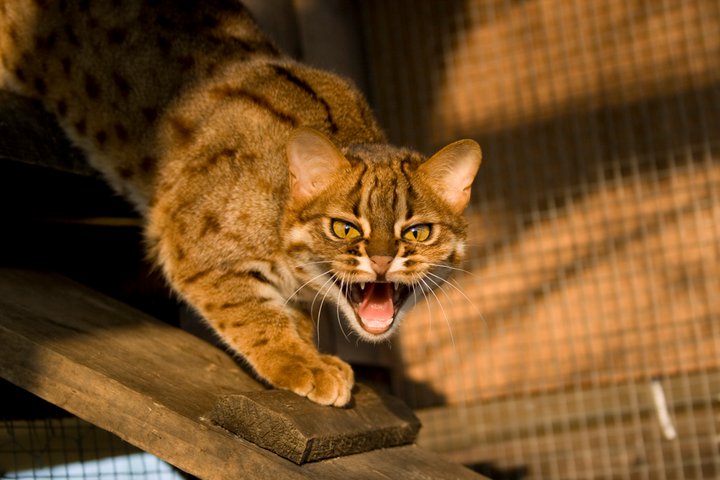 |
24 February 2011
|
On the 24th February, our 2 year old male Sumatran tiger, Asu, left home. He has moved to ZooParc de Beauval in France as part of the European Endangered Species Breeding Programme (EEP).
A breeding female will be joining him from Germany within the next couple of weeks. Keepers from Beauval stayed overnight to collect Asu and meet the WHF team. We hear that he travelled well, arrived safely at his new home in France and that his new keepers provided his favourite meal of rabbits for his arrival!! We are sad to see our tiger cubs leave us (Asu's brother Bawa now lives with his female Surya at Flamingo Land Zoo in Yorkshire) but we are proud and excited to be part of the EEP working to preserve this critically endangered sub-species and cannot wait to hear the news that Asu and Bawa have produced cubs of their own! |
 |
22 February 2011
|
After much planning and paperwork, and the OK from our expert consultant vet Dr John Lewis, on the 22nd February our 2 year old Amur leopard male, Anuy, headed over to Japan as part of the Amur leopard breeding programme.
We were very happy to be informed that he travelled well and arrived safely at Hiroshima Asa Zoo on the 23rd February. This was a landmark event for WHF, the Amur leopard is the rarest of the big cat sub-species with only approximately 30 wild individuals remaining. This move is one stage in the eventual re-introduction of this sub-species back into the wild, in the Russian Far East, as well as strengthening relationships between Japanese and European zoo associations and breeding programmes. Anuy will be joined by a breeding female and we hope to hear news of his offspring in the future! |
 |
18 February 2011
|
Our popular 4 year old male hybrid tiger Makari has gone on holiday to the Black Country! Sadly, Dudley Zoo recently lost their Sumatran female tiger, Sarah, and have found themselves tiger-less whilst they await the arrival of their Sumatran tiger EEP breeding pair.
On 18th February, Makari headed to Dudley for 6 months to help them out and be a tiger ambassador for them for over the summer months. Previous visitors to WHF will know that Makari is a very beautiful cat with a wonderful temperament and gentle personality and already he is winning hearts and making friends at Dudley! We will miss him but we are sure that he will be enjoying all the new sights and sounds and all the extra attention!! |
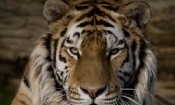 |
6 April 2009
Zara and Bisa, The two Lionesses From Paradise Wildlife Park Leave the UK on their way to their new home in Uganda, Africa. Bisa is Three years old and Zara is almost Eleven Months. They have both been a large part of our lives from the momemt they arrived, Zara nearly ten months agao and Bisa two years ago, we love them very much and they will be greatly missed by us, all who have worked with them and many hundreds of visitors who have met them and created that special connection which happens when animal minded people get close and personal with Cats Like Our Bisa and Zara. I will advise you how to contact me while I'm out there so I can answer any questions or queries you may have so please watch this space and definately dont contact me on my pwpark.com email as I will not have access to it.


© 2013 EarthZoo | EarthZoo (UK) / Earthzoo (Namibia)